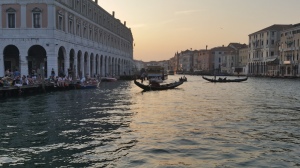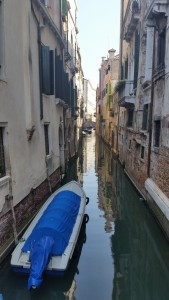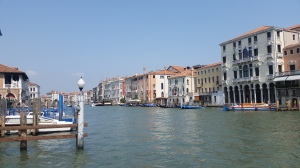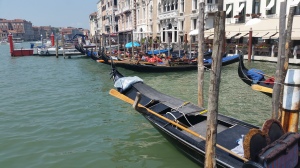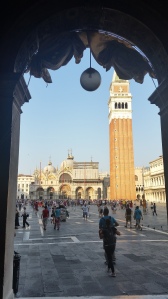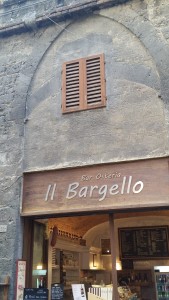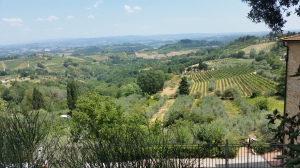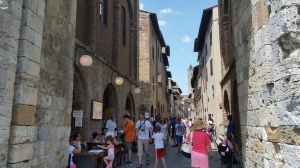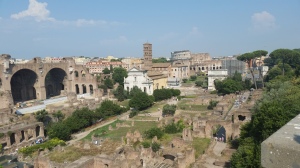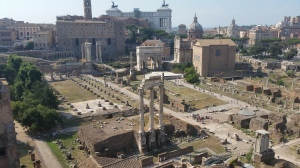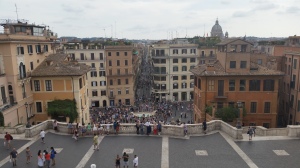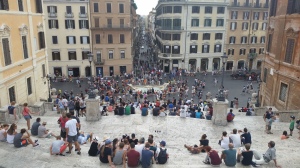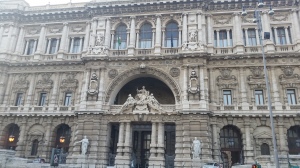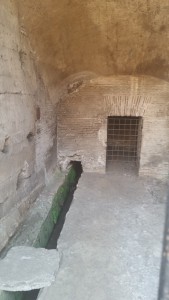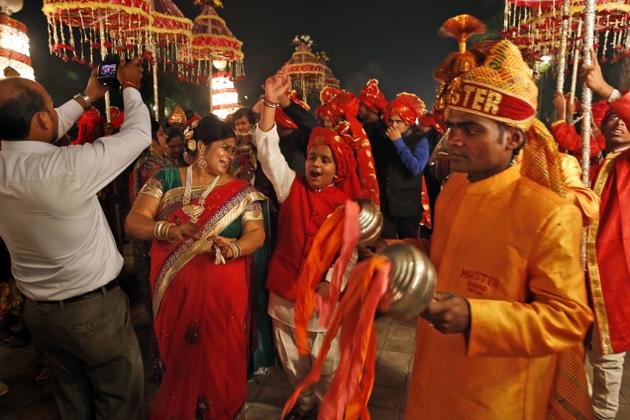 . From When it comes to weddings, transplanted Indian nuptials tend to be a potpourri of permutations and possibilities cross-cultural marriages to quasi-arranged weddings to traditionally arranged ceremonies where horoscopes are matched, the Indian-American wedding experience has it all. But the most dramatic influence on the weddings is Bollywood.
. From When it comes to weddings, transplanted Indian nuptials tend to be a potpourri of permutations and possibilities cross-cultural marriages to quasi-arranged weddings to traditionally arranged ceremonies where horoscopes are matched, the Indian-American wedding experience has it all. But the most dramatic influence on the weddings is Bollywood.
“Karan Johar has probably had more impact on our weddings than anyone else in recent history,” says Sujatha Suresh, who earlier worked as a wedding and event planner in Silicon Valley. “I’m not just talking about lehengas, mehendi andsangeeth sessions being part of the wedding ceremony. In fact, I once organised a Tamil Brahmin wedding where the bride was so influenced by Bollywood movies that she wanted a Punjabi jago as part of the event. This is where the aunt dances with a pot of lamps on her head. We had to bring in dholaks and train the aunt to dance,” she reminisces.
And if you thought Indian weddings were long-drawn affairs, an Indian-American wedding experience can be even longer — just depends on which route your choose. Deepa Ramakrishnan and her husband Trent German wanted to honor honour both sets of parents and ended up having two weddings: one a typical Indian marriage ceremony at the Livermore Hindu Temple where Trent German and the rest of his family decked up in traditional Indian gear; and then a Christian wedding that was officiated by Trent’s German’s dad, a minister himself. “At first we tried integrating both cultures into one event, but with our respective religions being important to our parents we decided to maintain the sanctity of each ceremony and ended up getting married twice,” says Ramakrishnan adds.
In the case of Samyukta and Shibashis Mukherjee, the wedding ceremony lasted even longer and spanned across continents. It started off with a traditional South Indian wedding in California for just family and close friends, followed by a reception in the U.S., and more wedding receptions in Calcutta and Chennai. The standard cost of Indian-American weddings with a fairly grand reception in Silicon Valley can cost upwards of $100,000. And if you throw in event planners and an outdoor wedding, the cash register can ring up close to half a million dollars.
Dr. Vinay Lal is an Associate Professor of History at UCLA and has published several books on the Indian diaspora. He points out that even though the Indian community in the U.S. is highly educated and affluent, it does not yet have a strong voice in mainstream American issues. “The community is very insular. Compared to other immigrant communities, inter-racial marriages are far less common among the Indians. As far as possible, they tend to stick to their own castes and communities.”
This could be true because the community is possibly one of the youngest immigrant communities in the U.S. Significant Indian migration began around 1965 and has picked up pace only over the last few decades. As the community continues to evolve and find its role in the broader national narrative, weddings become one of the flashpoints for change and growth. On one side are immigrant parents who, despite the many years of living away from India, continue to build and nourish a cocoon of familiarity with a kernel of homeland they remember from the past along with a sense of adventure and patriotism for a land they call home now. And on the other side are children who fly out of these cocoons into mainstream America to grow as individuals with a unique blend of identity and citizenship. And these two worlds diffuse and become far more consequential for future generations, especially as part of the wedding process.
Growing up a second-generation Indian-American typically means straddling a strong Indian cultural identity at home and the greater American contextoutside. “We grow up with the best of both worlds,” says Vignesh Ramachandran, a 26-year-old Stanford graduate who works as a tech journalist in San Francisco. “Most of us identify with the Hollywood culture of dating and getting to know someone before marriage.”
Dhaya Lakshminarayanan, well known in comedy circles in the U.S., agrees. The 30-something multiple-award winning comic is also a two-time MIT graduate who worked in the high-intensity venture capital world before moving into show business. She often dips into her personal experiences of growing up second-generation Indian-American for material for her stand-up routines. “Most Indian families have an hierarchy when it comes to finding a suitable spouse for their kids. If you can’t have someone from your own caste, they’ll settle for at least an Indian. If not, then it better be a Jewish person (they have more doctors and lawyers) or at least a generic white guy,” she laughs.
Digging deeper into the prejudices of the Indian-American community, she says, “For many parents there is religious fear, especially about cross-cultural weddings. These immigrant parents might have left India behind, but some religious and social ideologies have travelled with them.” And some of these biases permeate into the next generation as well. “I’ve had friends who’ve been stereotyped because of their skin colour by their Indian-American peers. Even if we don’t vocalise it, some of these predispositions become part of our sub-conscious.”
The growing popularity of a variety of mobile dating apps is probably complicating matters further for the millennial generation. Besides the usual Match.com and eHarmony.com, there are others like Coffee Meets Bagel and Hinge joining the line-up. “The availability of these apps gives us an illusion of choice,” says Ramachandran. “It’s as if we can go shopping for the perfect mate. If something does not work out, it creates an impression that we have other options out there.”
As they get culturally assimilated, it’s far more common today to find second generation Indian-Americans living together before marriage — and more and more parents getting on board with the idea as well. “I think it’s important to live with a person to get to know them well so there are no surprises after the wedding. But I also think it’s better to wait until you are engaged,” says Samyukta Suresh, a marketing executive in Chicago. Suresh, who grew up in California and met her husband Shibashis Mukherjee when they were both students at the University of Illinois.
As the Indian-American next gens slowly find their footing in a new world, they are creating their own unique melange of cultural patterns and mores. But inevitably, they are likely to always import a bit of India into their lives at all stages, especially the crucial wedding one.
Irrespective of the kind of marriage — interracial or within communities — one thing is clear. while the path to marriage in the Indian-American context can be distinctly different from a true Indian matrimonial experience, at the end of the day the quest for a “happily ever after” remains the same.
Sarmishta Ramesh is a writer based in Denver, Colorado.

 With the skies and mountains to be conquered, even the majestic eagle pauses to reflect
With the skies and mountains to be conquered, even the majestic eagle pauses to reflect

























